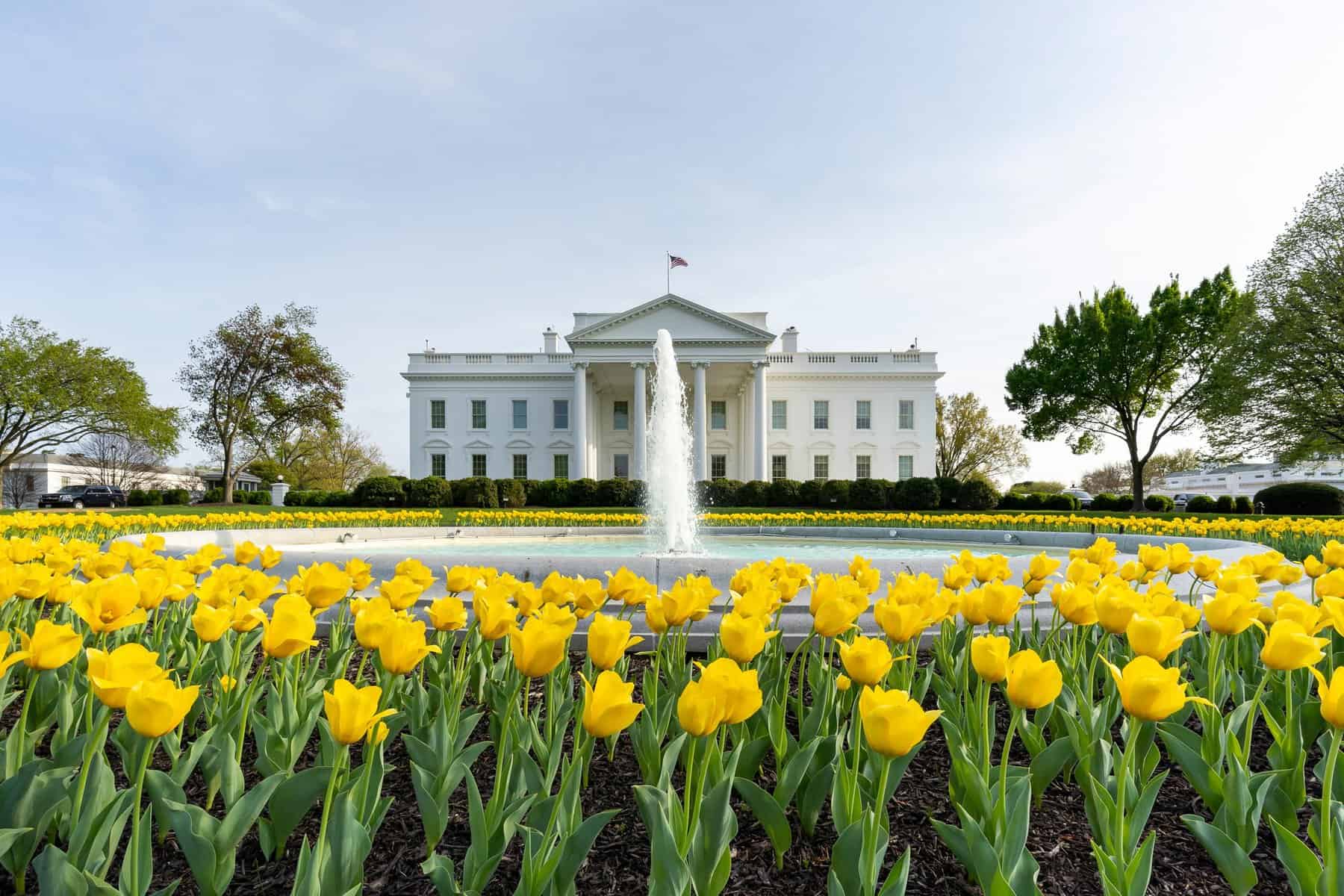Too anodyne to be utilitarian
Early this year, the White House released America’s Indo-Pacific Strategy. It is dated February 2022. U.S. President Joe Biden had referred to it earlier, at the 24 September 2021 QUAD Leaders’ Summit, saying: “The future of each of our nations – and indeed the world – depends on a free and open Indo-Pacific enduring and flourishing in the decades ahead.”
That is top-notch praise and self-assurance from President Biden. However, it does not meet the critical standards . . .
Please Subscribe to view full content...
